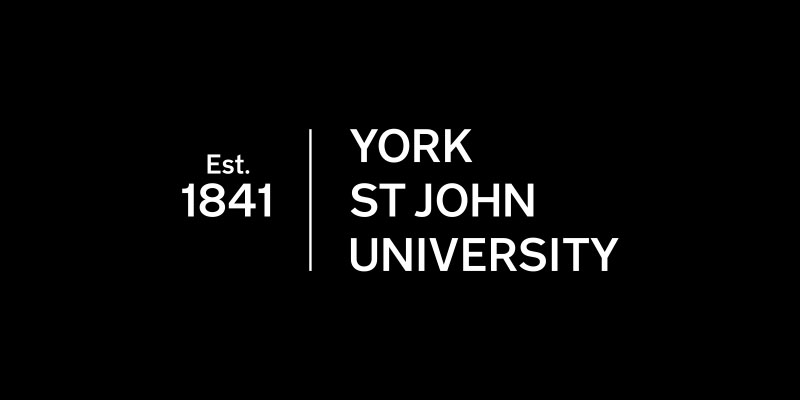By Susie Walsh.
The use of Artificial Intelligence (AI) in Higher Education has the potential to revolutionise the way students learn, teachers teach, and institutions operate. However, it also raises various challenges and concerns, and in my experience, results in considerable and often heated debate amongst academics. As an early-career academic, I sat firmly on the fence, an interested and inquisitive spectator, and then in one of ‘those’ moments where you find yourself agreeing to become involved, I jumped in. No dipping of the toe first or testing the temperature; no, not me: I decided to dive right in. I took a tried and tested practical recruitment and selection assignment that had successfully been part of a variety of second-year business degrees and began to consider how AI could support the students to achieve the desired outcomes, and after much reworking and colleague reassurance, it was ready.
The students were tasked with using their learning to create a recruitment scenario, which they would showcase at a mock recruitment fair. Adverts, job descriptions, activities and selection had to be considered, and as a group, they had to create a range of documents based on theoretical models and frameworks. AI would be used to support production of one of the documents following a seminar activity that generated the human input to guide the AI tool, with students required to document the duality of the process as part of the assessment.
The semester began and produced a range of emotions for me, from the ‘what was I thinking’ and ‘what if’ to the very real concern that introducing AI would open a can of plagiarised worms that could not be contained; and then the swing to ‘this is going to be fine’ and a realisation that introducing AI has provided a real opportunity to have an honest and productive debate with students about the skills and experiences that are valued in a contemporary world.
Introducing AI to the students on the module generated a wave of questions and inquiries from most students – some expressing concerns about the use of AI, a dimension I hadn’t anticipated. The AI seminar was delivered in Week 4. The students worked in groups to produce a list of duties for the role they were to recruit to and then, using the ‘job analysis’ findings, they asked Gen AI to produce a job description. Setting clear expectations and boundaries, and then setting them again, felt dictatorial and in stark contrast to the usual working relationship that exists within the classroom, but also provided me with encouragement that the cohort had both understanding and reassurance in equal measure that the assessment was providing a mix of academic knowledge and practical skills.
However, as the module progressed, an interesting transformation began. The students not only had their questions addressed but also began actively collaborating in their assessment groups. The results were not perfect and a period of tweaking and refinement began, including an opportunity for formative feedback, providing another layer of reassurance for us all. This shift led to the development of a supportive environment where students actively engaged with the learning process. The concerns of mine, and of the students, regarding AI had turned into an opportunity for open discussions, fostering a sense of collaboration among the students. The module became a space where students not only learned about AI but actively shaped and contributed to the learning experience.
A new semester is on the horizon, and I have returned to the comfort of the fence that I once sat on with the perspective that is shared by many: the use of AI in education holds great promise, but it should be approached with careful consideration of ethical, social, and pedagogical implications. I have no solutions or reassurances of what the future of AI in education holds but I can now say that in appropriate circumstances and with careful, considered planning that addresses concerns such as bias, privacy and accessibility, it is possible for AI to enhance, rather than hinder, the quality and equity of education. Combining the strengths of AI with the unique and vibrant capabilities of humans as educators is likely to produce the most effective and balanced educational outcomes that prepare students for their future careers – surely that is a smart move.
Image credit: Robynne Hu on Unsplash.

Susie Walsh is a Lecturer in Leadership and HRM at York Business School, York St John University (YSJU). With 25 years’ industry experience in the Third Sector and Education Management, Susie is an early-career academic, having returned to education as a mature student and graduating with a BA (Hons) in Business Management, followed by a MSc In Leadership and Management (both from YSJU). Susie’s research interests are varied, and stem from her personal values and the belief that by addressing societal barriers and challenges, opportunities will emerge to promote equity and fairness.
